On September 30, 2022, NFT Steez, which is a bi-weekly Twitter Spaces hosted by Ray Salmond and Alyssa Expósito, met with Mashiat Mutmainnah. The primary goal of this meeting was to discuss how regenerative finance (ReFi) can offer more inclusivity and accessibility to blockchain technology.
![]()
NFT Steez met with Celo network lead Mashiat Mutmainnah about the promise of ReFi together with its capacity to promote environmental and social good. Mutmainnah explained that as a “mission-driven movement,” ReFi allows users to redefine their relationship with the current financial network and their relationship with wealth and finance.
Today, in most nations, millions of people lack basic and equitable access to the financial services that would enable them to meet most of their daily needs.
What if there were newer models that could sustainably alleviate all that? Based on the explanation by Mutmainnah, regenerative finance can redefine what money means and how it is used.
What Is The Effect Of Regenerative Finance?
Mutmainnah insisted that ReFi brings lots of awareness to the way the present financial networks operate in an “extractive” and “exploitative” way. She also drew a notable comparison to fast fashion by stating that what enables a user to buy a shirt for $5 comes at the expense of a child laborer.
These ‘extractive’ systems are no longer functioning for people since a central tenet of ReFi is equitable accessibility and distribution.
Mutmainnah also said that in most cases ReFi is believed to be synonymous with climate, and while that is an integral pillar, ReFi has enabled “tangible and accessible use-cases.” Clients and users can ‘plugin’ and participate in various models and systems that can enhance their general prosperity and that of the entire ecosystem.
Thus, ReFi can be considered a means of triangulating elements of sustainability through “stabilizing” the climate and “biodiversity,” while simultaneously maintaining equitable access within global communities. This, in turn, has the potential to develop new financial models and networks that can increase prosperity.
Mutmainnah puts it this way:
“ReFi is helping folks change the way they relate to money.”
Can Web3 And NFTs Be Used For Public And Social Good?
When he was asked whether nonfungible tokens could be used for the social and public good, Mutmainnah pointed to a pilot program that involved a loyalty NFT rewards program.” Similar to Starbucks’ latest NFT loyalty program, Mutmainnah referenced how a similar scheme could yield positive and sustainable results and benefits.
For instance, imagine buying an NFT that can grant the holder a free coffee for 10 days. In such models, NFTs can yield more economically feasible benefits than purchasing the item while also introducing more awareness to the good or service.
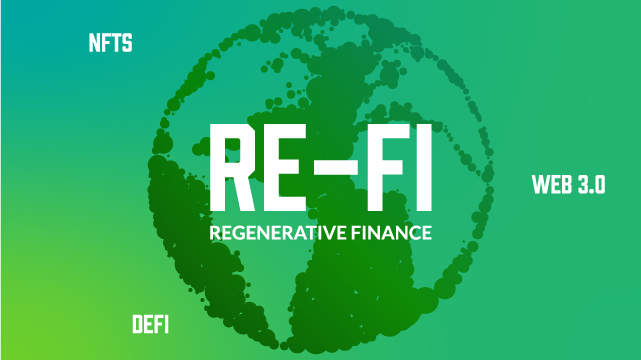
Contrary to the recent hype and speculation that circulated about NFTs in 2021, more developers and platforms are now expanding and exploring some practical use cases from peer-to-peer and peer-to-business initiatives.
Nevertheless, it does not mean that adoption comes with ease. Based on the explanation by Mutmainnah, beyond NFTs, many “infrastructure pieces” are available for exploring. These include building out more dynamic products that enable exploration.
Mutmainnah said it is a dance of sorts between making a product smooth for seamless adoption and empowering users to become advanced to take full ownership of their assets.
You can tune in and listen to the full episode of NFT Steez to hear more about this project.


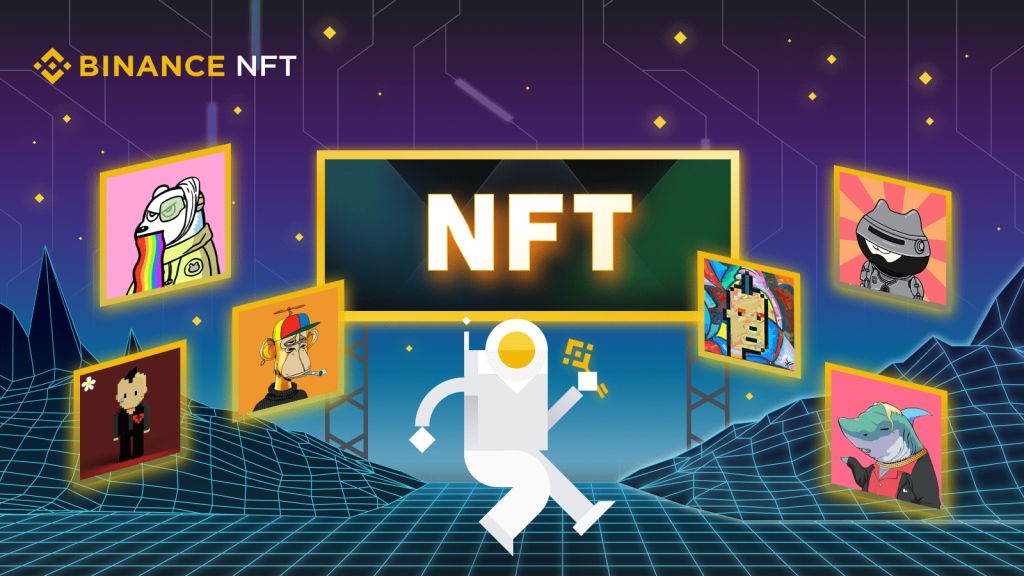
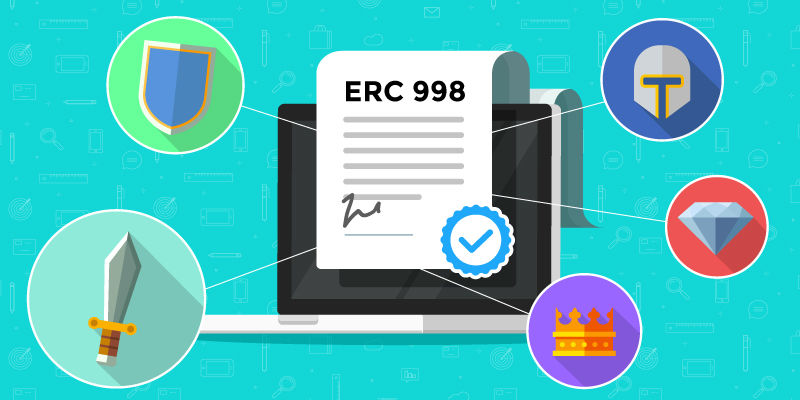
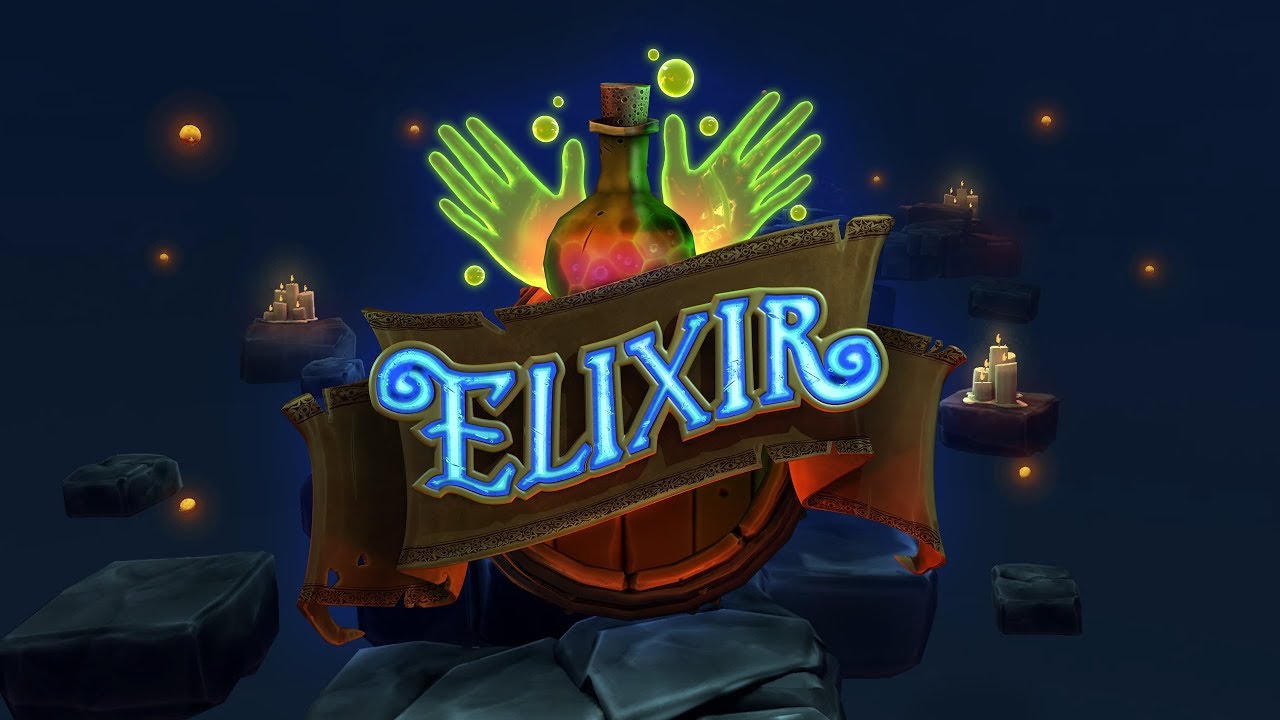
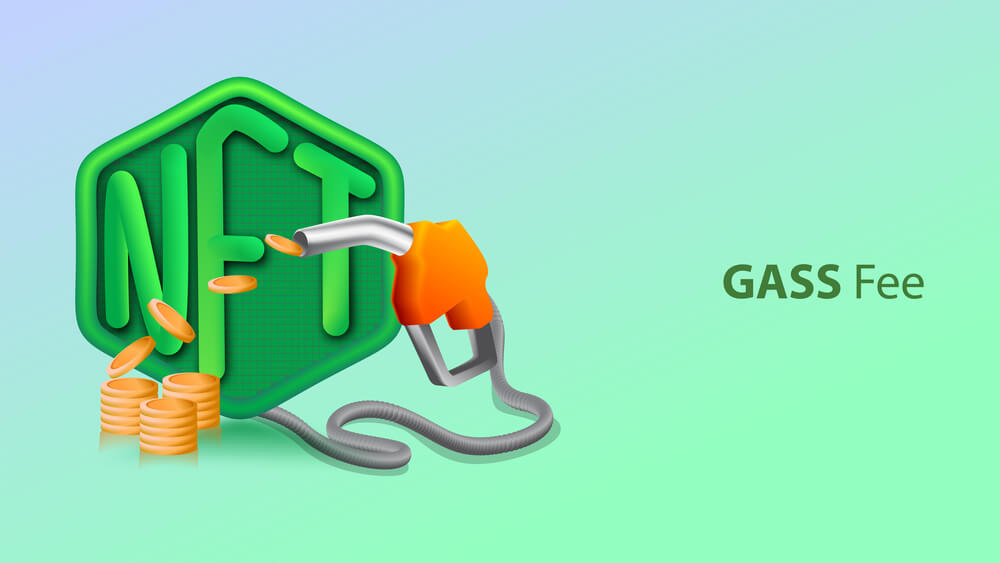
1 comment